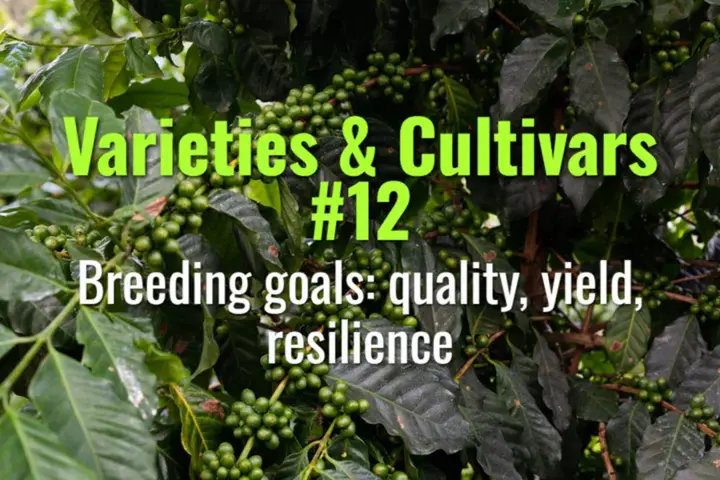
Breeding goals: quality, yield, resilience
This topic explains the main goals of modern coffee breeding—improving cup quality, increasing yield, and enhancing resilience—and how these often competing priorities shape the future of coffee.

This topic explains the main goals of modern coffee breeding—improving cup quality, increasing yield, and enhancing resilience—and how these often competing priorities shape the future of coffee.
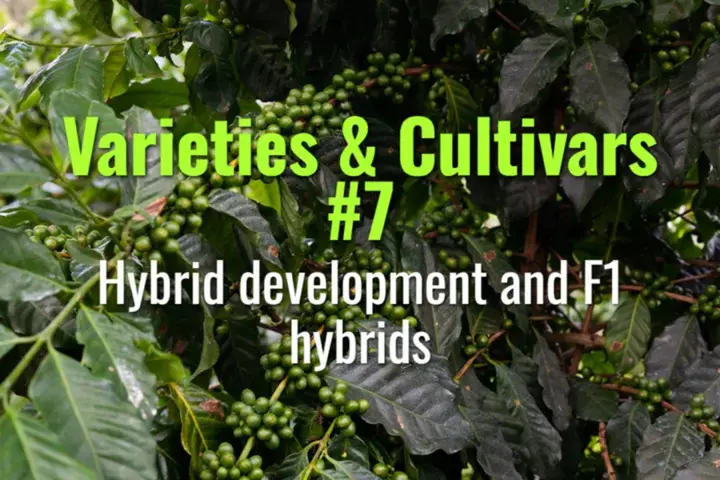
This topic explains how coffee hybrids are developed, the role of F1 hybrids in combining resilience and quality, and their significance for the future of global coffee cultivation.
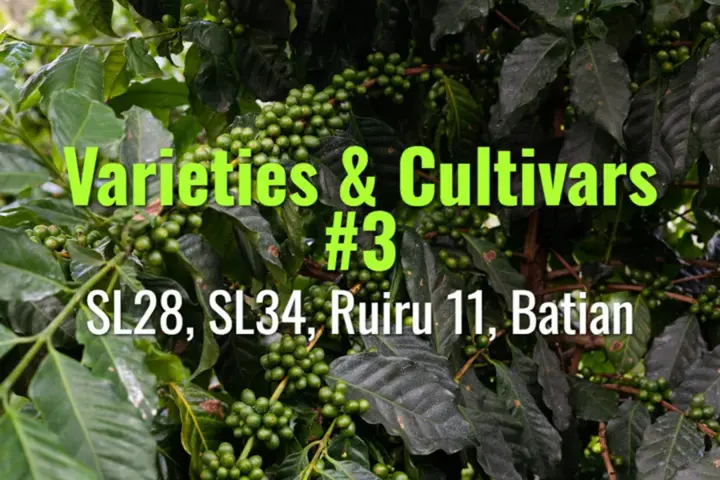
This topic explores the key Kenyan-developed coffee varieties—SL28, SL34, Ruiru 11, and Batian—their origins, traits, flavor profiles, and significance for disease resistance and quality.
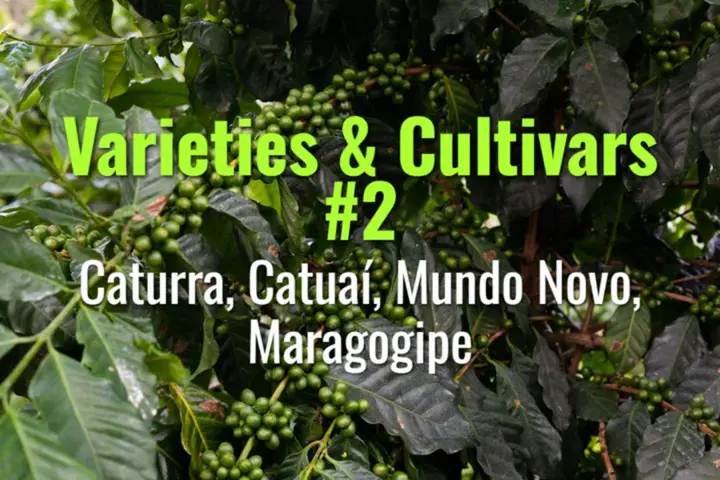
This topic explores four key Arabica varieties—Caturra, Catuaí, Mundo Novo, and Maragogipe—their origins, traits, advantages, and roles in global coffee cultivation.
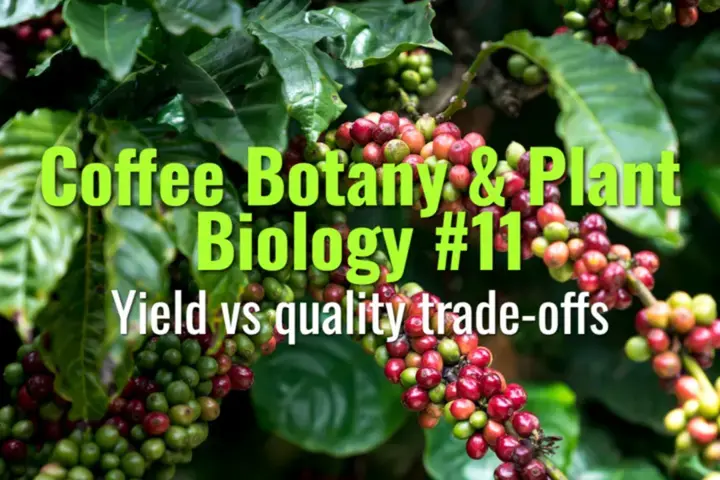
This topic explains the natural and management-driven trade-offs between maximizing coffee yield and achieving high cup quality, and why farmers, buyers, and consumers must balance these competing priorities.
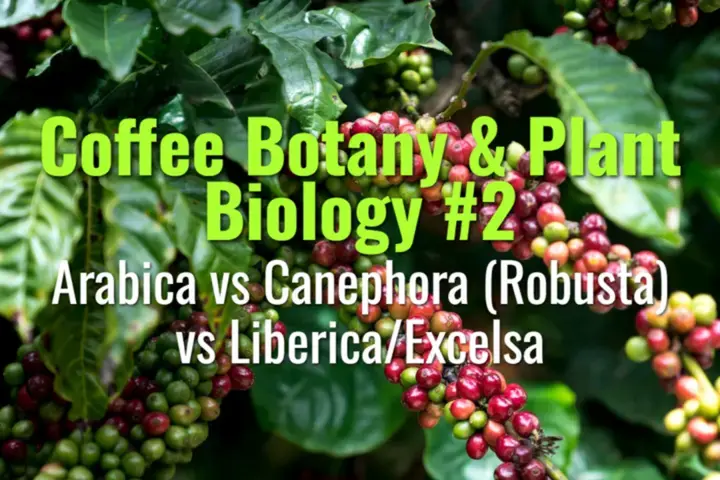
This topic compares the three main commercial coffee species—Arabica, Robusta (Canephora), and Liberica/Excelsa—covering their genetics, cultivation environments, bean traits, flavor profiles, and market roles.